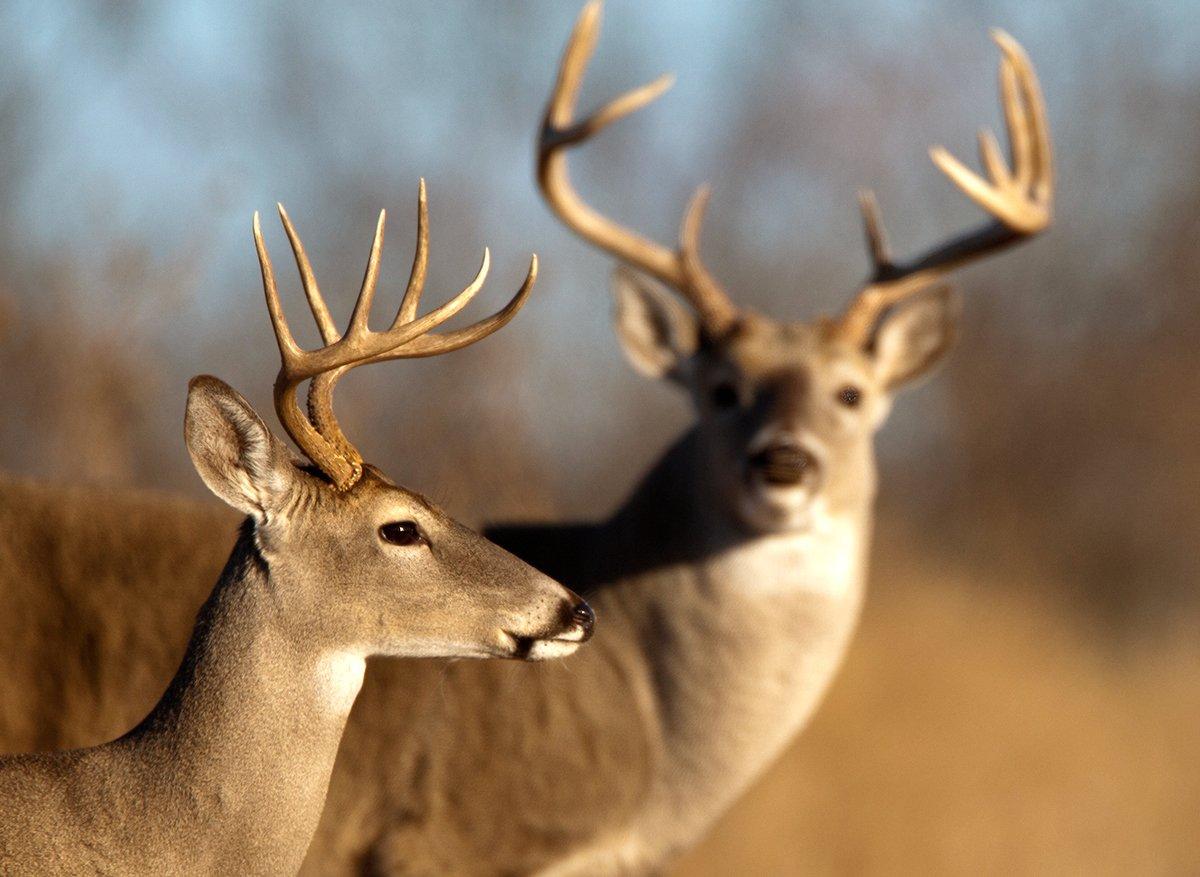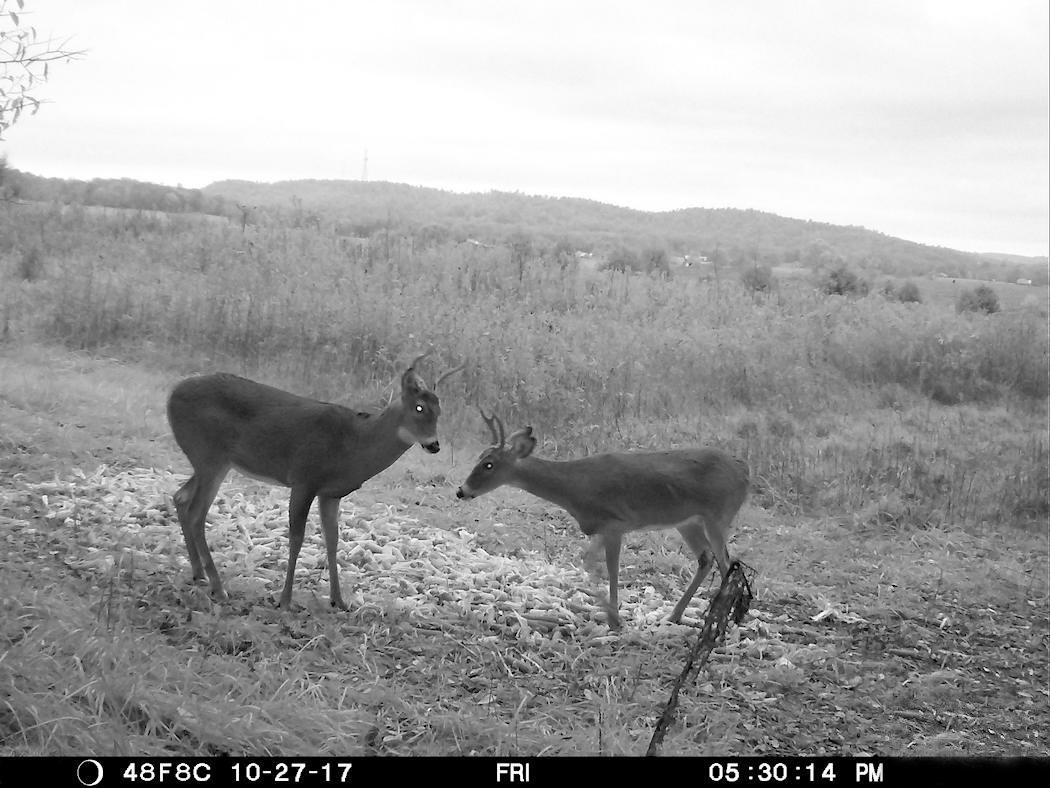There's not much more rewarding than tagging a buck you've hunted for multiple seasons. Here's how to ID a buck from one year to the next, and use his personality to hunt him
Many hunters like to identify and target a specific buck. It's an enjoyable way to hunt, and also incredibly challenging. Pulling it off means learning as much as you can about the deer, starting with its physical traits, and ending with its personality traits. The physical traits allow you to recognize returning bucks from year to year — but the personality traits tell you how to hunt them.
How They Look
Sure, we see antlers and realize they're different, and we understand that body sizes vary from buck to buck. But the physical differences are even more nuanced. When you're trying to ID a specific buck, especially from one season to the next, here's what to look at:
Antlers: While this is the most obvious difference between deer, every whitetail buck has a unique rack. Although those racks change as a buck grows, identifying a specific buck year after year is often a matter of recognizing particular antler features, such as similar main beam and brow tine structure. Deer may increase or decrease the number of points from year to year, but the overall style of the rack will remain very similar.
Body Composition: Just like people, bucks of the same age can have different body sizes, shapes, and structures. The trail camera photo illustrates this perfectly. Those are two yearling bucks with incredibly different body sizes and shapes. Body size alone won't help you identify bucks, but it can help solidify your gut feeling.
Head Shape: A whitetail's face is much like a human's; it has unique characteristics. Shape and color and fur patterns help differentiate between different whitetails. Pay special attention to coloration differences around the forehead and nose.
Other Identifiers: Ripped ears, scarred sides, and other unique markings are dead giveaways as identifiers. So, zoom in on those trail cam photos and analyze what you see.
How They Act
Whitetails exhibit different behavioral aspects and traits. Such examples include preferences in food sources and bedding areas, willingness to move in the daylight, and different social behaviors. Some bucks are more willing to fight than others. Some get very active during the rut, and others seem to almost ignore it.
Unique personalities call for unique game plans. Some bucks are much easier to hunt than others, but they all have vulnerabilities. These come in the forms of food preferences, bedding habits, daylight movement, and much more. Your tactical approach must match the buck's profile.
Bedding locations are mostly dictated by available habitat, hunting pressure and time of year. But in areas with higher habitat diversity, you'll notice certain deer prefer certain types of cover. Some bucks choose to bed in big timber, while others lay up in thick, early successional habitat such as briars, grasses, and young trees. Some deer even prefer standing crops over natural vegetation.
Food preferences vary. Glassing from afar, trail cameras and in-the-field sightings while hunting can hint at what food sources a deer prefers. Connect the dots between bedding, feeding and watering locations for a successful hunt.
There are many factors with hunting specific deer. Deer identification, whitetail behavior, understanding their habits and realizing how they use the landscape are parts of the process. Then, you must pick them apart to find their strengths and weaknesses. Then, you just have to get in their way.
Don't Miss: How to Get in a Buck's Way
Check out more stories, videos and educational how-to's on deer hunting.








